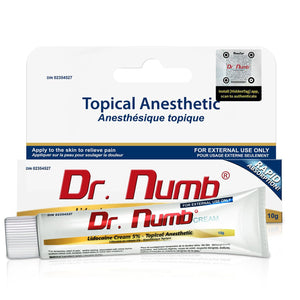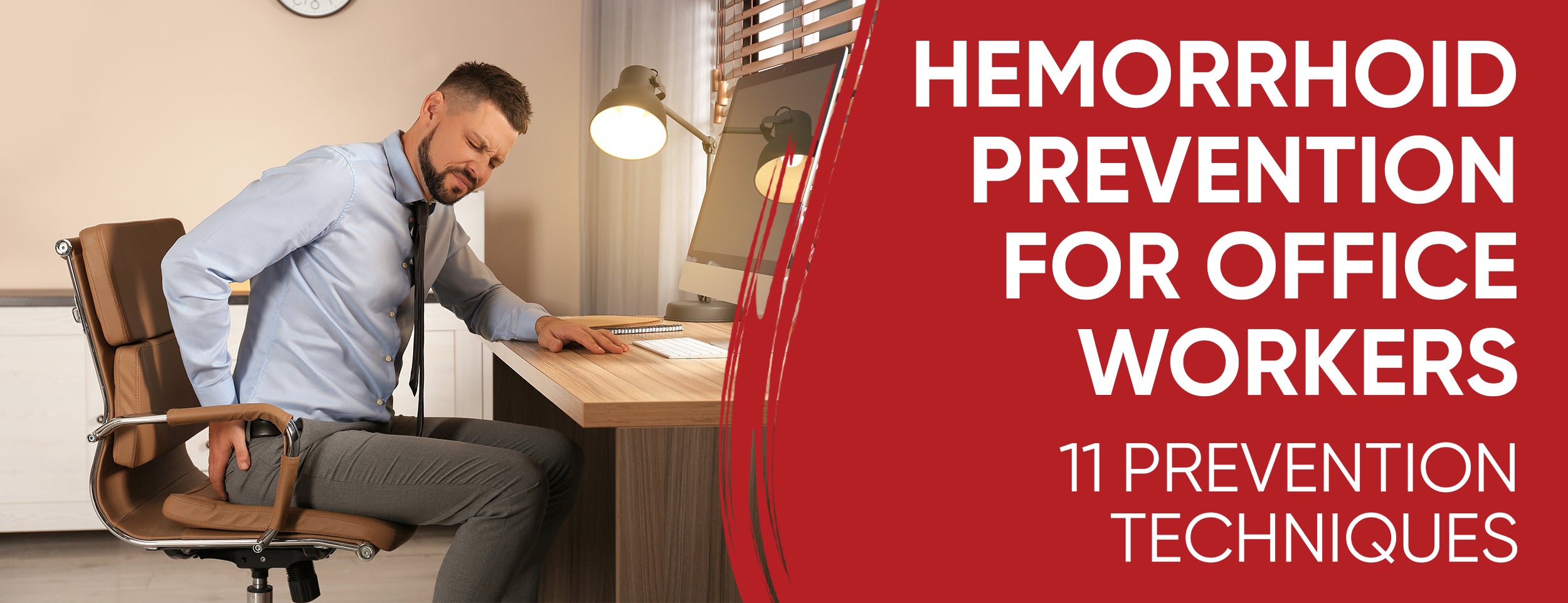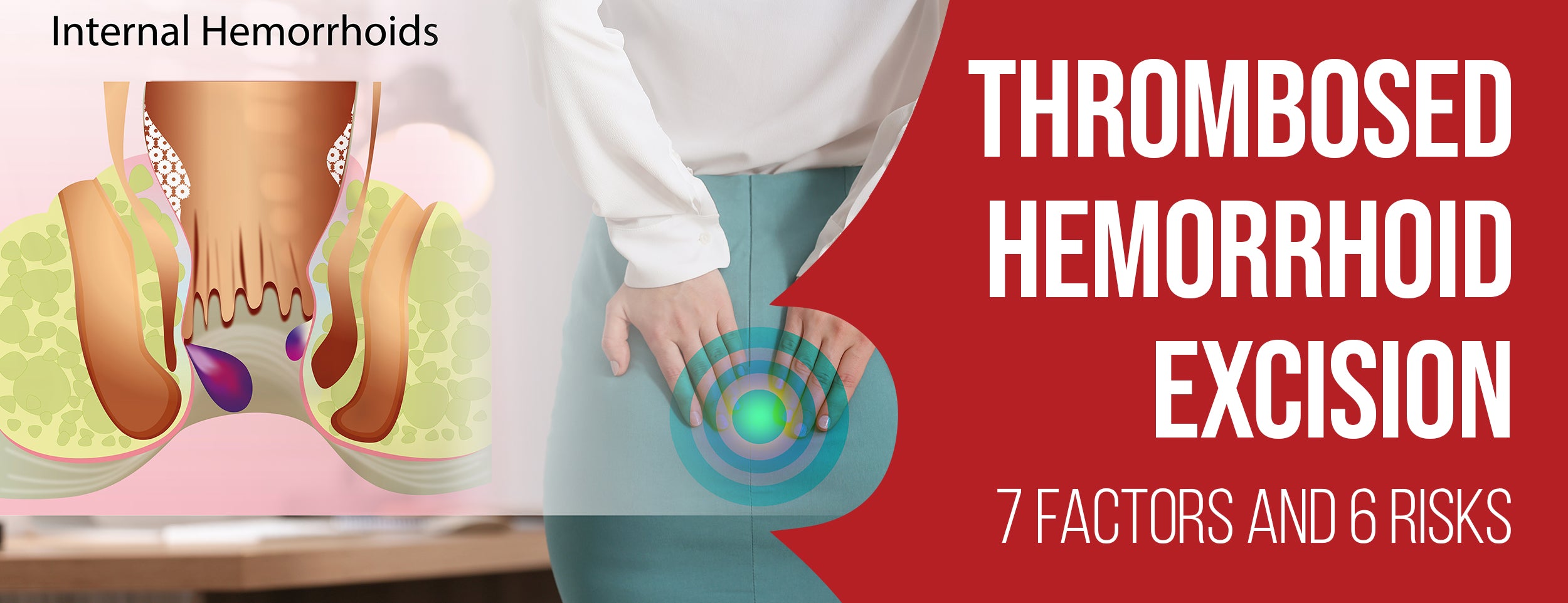You should never try to pop a hemorrhoid with a pin or between your fingers. The doctor should be able to relieve your pain if you call within 48-72 hours of the thrombosed hemorrhoid forming.
Surgical excision or drainage of a blood clot is a medical procedure that involves certain risks. These risks include incomplete removal of the clot, uncontrolled bleeding, and infection of the perianal tissues. Therefore, it is essential to have a trained physician perform the procedure to avoid any complications.
In this blog post, we will explore the ins and outs of self-draining thrombosed hemorrhoids, including everything you need to know about the process, recovery time, and potential complications.
How to Drain a Thrombosed Hemorrhoid Yourself: 6 Steps With Precautions

Before draining the hemorrhoid, taking precautions and following the correct procedure is crucial. Here is a step-by-step guide to draining a thrombosed hemorrhoid yourself:
Step-by-step Procedure for Draining
Once you have all the items ready, perform the following step-by-step procedure yourself:
Step 1: Clean the area around the hemorrhoid with solution and dry it with clean towels or cloth.
Step 2: Put local anesthetic on the skin near the hemorrhoid and wait 15 minutes for it to take effect.
Step 3: Sterilize the equipment to be used carefully with two percent lidocaine or a comparable solution.
Step 4: Locate the thrombosed hemorrhoid and puncture it using a sterile scalpel or needle.
Step 5: Applying gentle pressure allows the clot to be drained out. Slight bleeding may occur.
Step 6: Apply sterile gauze to the punctured area to stop further bleeding.
Drainage precautions
Before attempting to drain a thrombosed hemorrhoid, ensure that you have the following things ready:
- Clean towels or cloth.
- Clean and sterilized surgical equipment.
- A topical antiseptic solution.
- Local anesthetic.
- Pain reliever medication.
- A watch with second hand.
It is highly recommended that you consult a physician before taking any steps in case of any underlying medical conditions. Here are some specific precautions to keep in mind:
- Ensure that all equipment used for draining is clean and sterilized to prevent infection.
- Avoid puncturing the hemorrhoid with dirty instruments.
- Apply a local anesthetic on the skin around the hemorrhoid to numb the area before draining to lessen pain and discomfort.
During and After Drainage
It is essential to know what to expect during and after draining a thrombosed hemorrhoid to prevent any further complications.
- During the procedure, pain and discomfort may occur. Applying local anesthesia can help lessen the pain.
- There may be slight bleeding during the drainage.
- After the procedure, you may experience discomfort, tenderness, and swelling in and around the area, which are common side effects.
- Although the procedure may bring relief to the discomfort and pain of the thrombosed hemorrhoid, it is not a permanent solution. The hemorrhoid may recur.
Self-draining Thrombosed Hemorrhoids: Recovery Time & Complications

It is not always necessary to seek professional medical help to drain the thrombosed hemorrhoid. Sometimes, with careful preparation and knowledge, you can drain the thrombosed hemorrhoid yourself at home.
We will focus on the post-drainage recovery time and potential complications. We will also provide insight on how to spot signs of complications and when to seek professional help.
Expected Recovery Time After Drainage
After draining a thrombosed hemorrhoid, the expected recovery time is around 7 to 10 days. This time frame may vary from individual to individual.
Swelling and discomfort may persist for a few days after the procedure. It is not uncommon for patients to require painkillers in the first few days of the recovery period.
It's essential to take care of yourself during the recovery time. Ensure that you:
- Drink plenty of fluids to stay hydrated.
- Take bed rest and avoid strenuous activities.
- Keep the anal area clean and dry.
- Use warm water baths to ease the tenderness and discomfort.
During the recovery period, consult a physician if you experience any unusual symptoms during the recovery period.
Symptoms and Signs of Complications
While draining thrombosed hemorrhoids at home can be safe, complications may arise if not done with care or if there's an underlying condition. It's essential to be mindful of the following signs and symptoms and notify your healthcare provider promptly.
- Excessive bleeding.
- Foul-smelling discharge.
- Painful bowel movements.
- Persistent fever.
- Signs of infection (redness, swelling, or pus).
- A feeling of lightheadedness or dizziness.
In case of any of these signs or symptoms, professional help is recommended.
Follow Up with Healthcare Providers
It's crucial to follow up with your healthcare provider after draining a thrombosed hemorrhoid. Your healthcare provider will monitor your healing process and evaluate if further treatment is needed. Following up with your provider will give you peace of mind knowing that all is healed and prevent other complications.
During the follow-up visit, your healthcare provider will perform a physical exam. They will also ask about your symptoms and any unusual feelings in the anal area. They may order further diagnostic tests or suggest alternative treatment options if they detect any complications.
DIY Thrombosed Hemorrhoid Drainage: Home Remedies & Tips
There are several home remedies and lifestyle changes that one can adopt to ease the symptoms of thrombosed hemorrhoids. Here are various ways you can drain your thrombosed hemorrhoids at home using alternative remedies and tips to reduce pain and discomfort.
Essential Oils for Draining Thrombosed Hemorrhoids
Essential oils are valuable for aromatherapy and in treating various ailments, including thrombosed hemorrhoids. Here are some of the best essential oils that one can use to relieve the symptoms of the condition:
Tea Tree Oil
Coconut oil and tea tree oil contain antiseptic and anti-inflammatory properties that reduce the swelling and inflammation of hemorrhoids. This oil can also prevent the growth of bacteria, reducing the risk of infection. Tea tree oil was mixed with carrier oil and then applied to the affected area.
Cypress Oil

Cypress essential oil contains astringent properties that can improve blood flow and relieve pain. It can reduce swelling by contracting tissues, making it beneficial for hemorrhoids. Cypress oil can be mixed in coconut or another carrier oil and applied directly to the affected area.
Lavender Oil
Lavender oil can reduce inflammation, pain, and itching because of its anti-inflammatory and analgesic properties. The lavender oil should be mixed with two or three drops of carrier oil for topical application.
Home Pain Relief Tips
Sitz Bath
A warm sitz bath can be an effective way of relieving the discomfort and pain caused by thrombosed hemorrhoids. Put warm water in a bathtub or basin and soak for at least 1501. minutes. You can add Epsom salt or essential oils to the water to enhance the effectiveness of your soak.
Ice Packs
The use of an ice pack can help relieve swelling from thrombosed hemorrhoids. Wrap some ice cubes in a towel over the affected area for a few minutes.
High Fiber Diet
Eating a fiber-rich diet can soften stools and prevent constipation, reducing the risk of hemorrhoids. Whole grains, legumes, fruits, and vegetables are fiber-rich.
Hydration
Water consumption has been shown to reduce the risk of thrombosed hemorrhoids by keeping stools soft to pass. Water should be consumed in the form of at least eight glasses a day.
Exercise
Regular exercise is beneficial for enhancing blood flow and reducing the possibility of developing thrombosed hemorrhoids. Activities such as walking, jogging, and yoga are practical.
Conclusion
Thrombosed hemorrhoids are a common yet painful condition that can disrupt daily life if left untreated. Attempting self-drainage can effectively ease the discomfort, but you must monitor your recovery closely. Alternative remedies can complement medical advice, but seeking professional help should always remain a priority.
Health and wellness are essential, and by empowering yourself with knowledge about thrombosed hemorrhoids, you can take control of this common condition and seek proper treatment if necessary. Your health is your greatest asset, so never be hesitant to consult a healthcare provider if you are unsure about self-treatment or experiencing any complications.

![Precautions & 6 Steps to Draining Thrombosed Hemorrhoids [DIY]](http://drnumb.ca/cdn/shop/articles/Draining_Thrombosed_Hemorrhoid_Yourself__6_Steps_8_DIY_Tips_With_Precautions.jpg?v=1713931775&width=1100)










